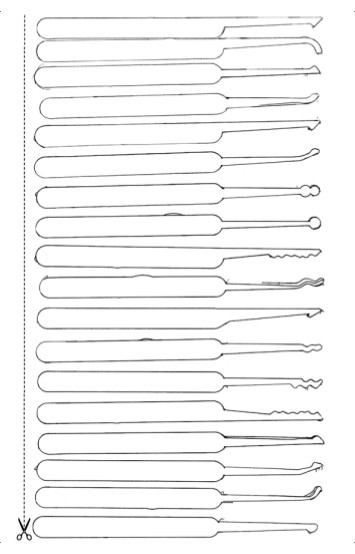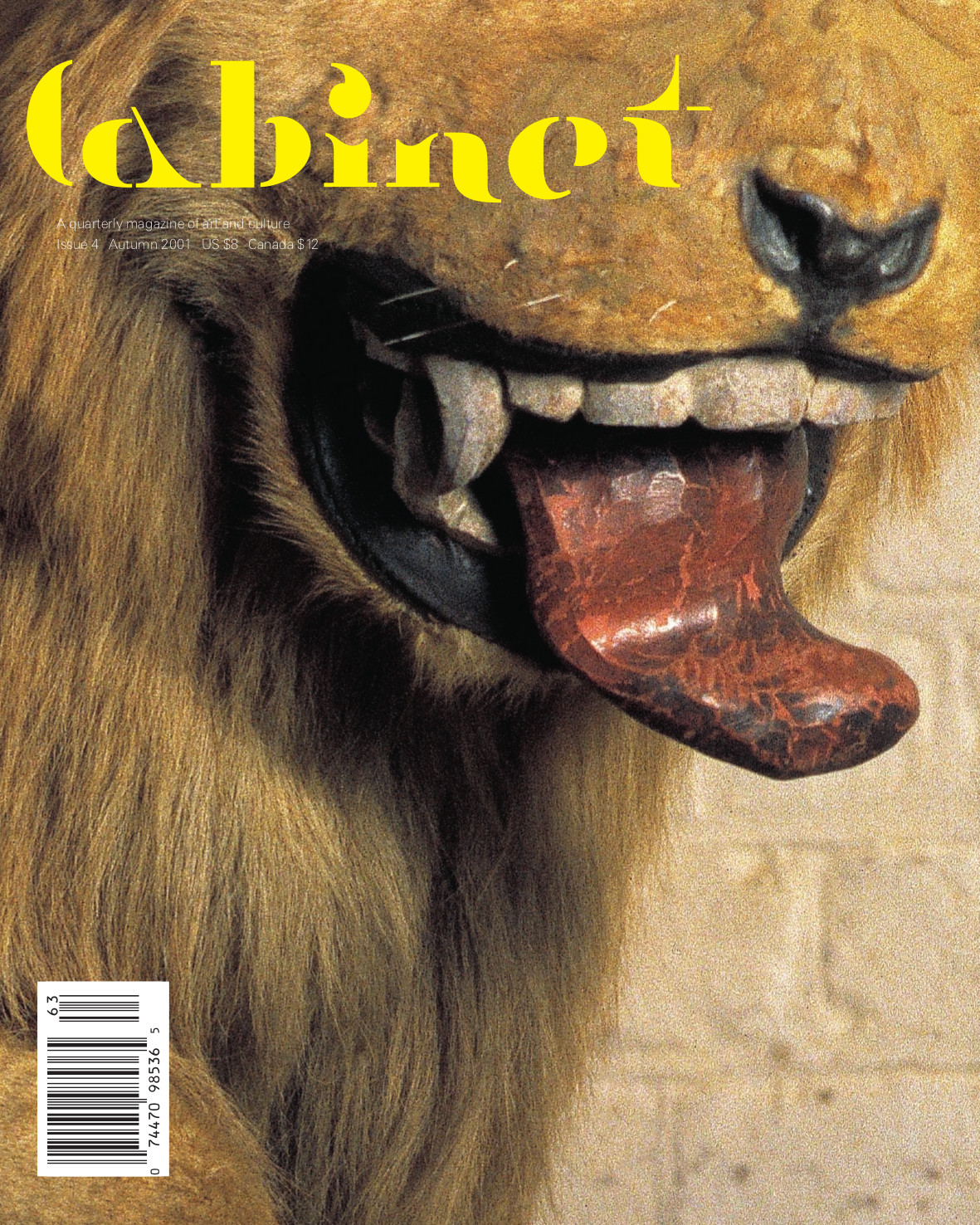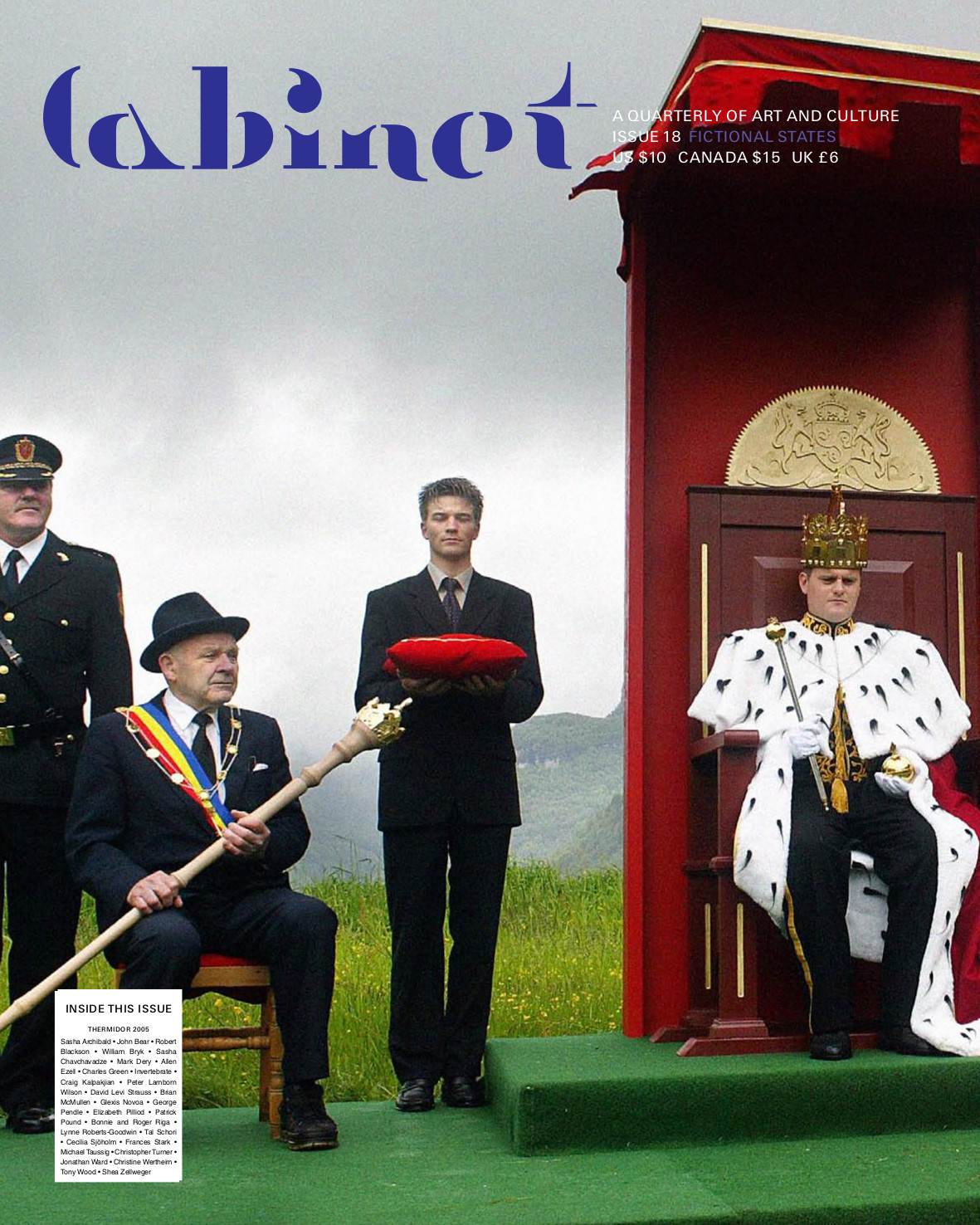Marysia Lewandowska, Laurel Ptak (eds.): Undoing Property? (2013)
Filed under book | Tags: · art, commons, computing, curating, gentrification, immaterial labor, music, piracy, political economy, property, publishing, theory

“Undoing Property? examines complex relationships inside art, culture, political economy, immaterial production, and the public realm today. In its pages artists and theorists address aspects of computing, curating, economy, ecology, gentrification, music, publishing, piracy, and much more.
Property shapes all social relations. Its invisible lines force separations and create power relations felt through the unequal distribution of what is otherwise collectively produced value. Over the last few years the precise question of what should be privately owned and publicly shared in society has animated intense political struggles and social movements around the world. In this shadow the publication’s critical texts, interviews and artistic interventions offer models of practice and interrogate diverse sites, from the body, to the courtroom, to the server, to the museum. The book asks why propertization itself has changed so fundamentally over the last few decades and what might be done to challenge it. The “undoing” of Undoing Property? begins with the recognition that something else is possible.”
With contributions by Agency, David Berry, Nils Bohlin, Sean Dockray, Rasmus Fleischer, Antonia Hirsch, David Horvitz, Mattin, Open Music Archive, Matteo Pasquinelli, Claire Pentecost, Florian Schneider, Matthew Stadler, Marilyn Strathern, Kuba Szreder, Marina Vishmidt; preface by Binna Choi, Maria Lind, Emily Pethick
Publisher Sternberg Press, Berlin, and Tensta konsthall, Stockholm, 2013
ISBN 9783943365689
256 pages
via Matteo Pasquinelli
Publisher (Sternberg)
Publisher (Tensta konsthall)
PDF, PDF, PDF (12 MB, updated on 2018-6-22)
Git repository (containing templates and design, added on 2017-12-20)
Claire Fontaine: Some Instructions for the Sharing of Private Property (2011)
Filed under book | Tags: · lock-picking, neo-conceptual art, property

“This book is a tale of seduction. It reveals how to win the resistance of closed doors that we all face each day. We can read that a lock is not a hostile obstacle to our desire but a new potential lover, whose interiority we have to see with the eyes of the soul and whose qualities and defaults we have to imagine. A world of silent dialogues between unanimated beings and humans discloses itself in these pages. Chapter after chapter, a disquieting light is shed on the triad of the artist, the consumer and the lock-picker, all belonging to the same confraternity of bilingual creatures, fearless explorers of the deserts of reification, able to communicate with and through objects. Smelling, touching, listening are to be learnt again by the ones who might want to succeed in lock-picking, and if they do – they are warned – they shouldn’t think “I made it” but wonder “what exactly happened ?”. Because the point isn’t why resistance leaves the place to openness, but how that happens. There is a science of quality that defies logic, it rules the domain of the love conquest whose champion is Don Giovanni, restless wrecker of moral boundaries and petty bourgeois common sense, moved by the mere pleasure of adding another name to his list. There is a use value that ruins all exchange value. And there is an accumulation of competence that threatens all other possible accumulation.If this manual contains information, it must be said that it can only be used in the way one would follow directions for spiritual exercises. Never think about yourself and never think about the lock: ego gets in the way of lock-picking as much as it does for any Zen practice. Visualizing the invisible, evaluating the con-sequences of the least of our gestures, reaching a state of concentrated relaxation are parts of the process, whose unspoken aim is becoming something between flesh and metal – like Odradek is both a bobbin and a begging creature, but he is neither of them. Some instructions for the sharing of private property is a story of asceticism told by various anonymous voices. Because the morality of the lock-picker resembles the one of the fidèles d’amour: there are many easy ways to break into places, but picking a lock is the more virtuous one. Cultivating this virtuosity involves sensing the world more intensely, sanding one’s fingertips until each grain of sand paper can be distinctly felt, making oneself as rigid and cold as a key until perfectly understanding what every clicking noise means, being aware of the infinite states that exist between closed and open, all to be inhabited and influenced. Lock-pickers belong to a clandestine congregation, which has the means to enter our houses and our hearts, but here a choice is presented to us : becoming one of them or taking closed doors for an answer.” Claire Fontaine, March 2011
Publisher Onestar Press, Paris
150 pages
Cabinet (2000–)
Filed under magazine | Tags: · animal, art, chance, culture, design, dust, electricity, evil, friendship, history, language, literature, magic, mapping, nature, property, science, underground, weather


“Cabinet is a quarterly, Brooklyn, New York-based, non-profit art & culture periodical launched in 2000. Cabinet also operates an event and exhibition space in Brooklyn.
Cabinet is an award-winning quarterly magazine of art and culture that confounds expectations of what is typically meant by the words “art,” “culture,” and sometimes even “magazine.” Like the 17th-century cabinet of curiosities to which its name alludes, Cabinet is as interested in the margins of culture as its center. Presenting wide-ranging, multi-disciplinary content in each issue through the varied formats of regular columns, essays, interviews, and special artist projects, Cabinet‘s hybrid sensibility merges the popular appeal of an arts periodical, the visually engaging style of a design magazine, and the in-depth exploration of a scholarly journal. Playful and serious, exuberant and committed, Cabinet‘s omnivorous appetite for understanding the world makes each of its issues a valuable sourcebook of ideas for a wide range of readers, from artists and designers to scientists and historians. In an age of increasing specialization, Cabinet looks to previous models of the well-rounded thinker to forge a new type of magazine for the intellectually curious reader of the future.”
Cabinet is a non-profit organization. Consider supporting it by subscribing to the magazine, buying a limited edition artwork, or making a tax-deductible donation.
HTML (sold-out issues as HTML articles; click on the covers; updated on 2013-10-10; the download links were removed)
Comments (6)
